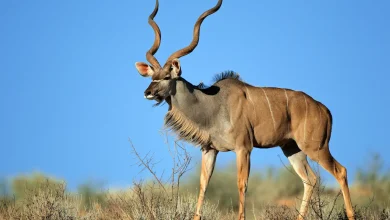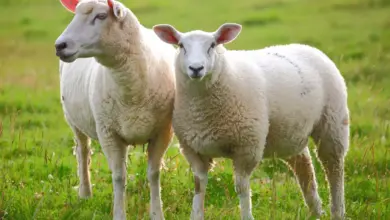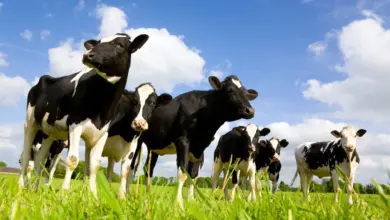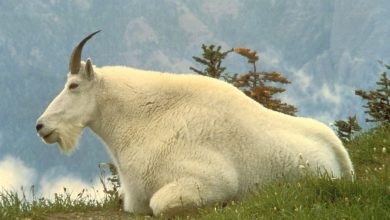What Eats Buffalos?
What Eats Buffalos? What Does A Buffalo Eat?
The American bison, commonly known as the buffalo, is the largest land mammal in North America. An adult male can stand up to 6 feet tall and weigh up to 2,000 pounds. Historically, the Great Plains were roamed by dozens of large herds of buffalo that stretched for dozens of miles.
They were an integral part of the prairie ecosystem and were important to Native American tribes. Buffalo has very few natural predators, and some of the animals have learned ways to hunt young calves and put down sick or elderly adults.
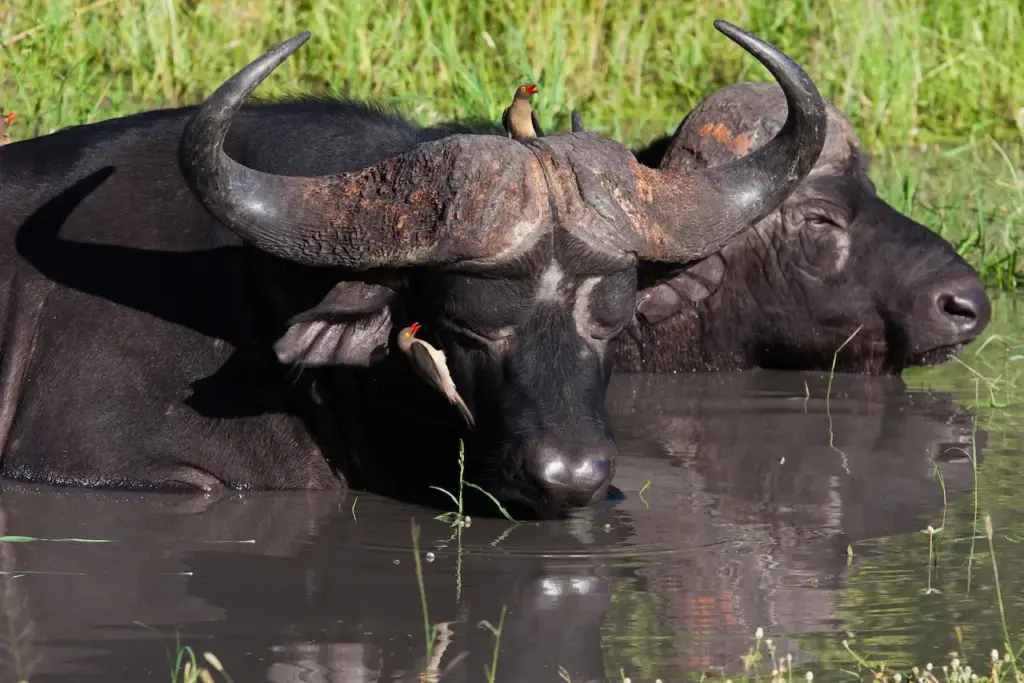
Major Predators of Buffalo Calves
Buffalo calves weigh 30-50 pounds at birth and can rock within minutes. However, they are still vulnerable for the first few weeks of life before they can socialize with the herd. Coyotes, wolves, mountain lions, and bears were important predators of calves during this time.
Coyotes
Coyotes are cunning, opportunistic hunters that thrive in the Great Plains. They form small family packs of 3-6 individuals that work together to isolate and attack buffalo calves. Using teamwork and their speed, coyotes can test the defenses of a buffalo herd, looking for a distracted mother or wandering calf. Several coyotes may distract the mother, while others go after the calf. They try to grab the calf’s nose or tongue to suffocate it.
A lone coyote would not stand a chance against protective mother buffalo, but a coordinated pack can take down calves up to several months old. Coyotes may also lurk near birthing grounds to snatch newborns before they stand.
Wolves
Wolves are efficient hunters that historically followed the vast buffalo herds. Packs contain extended family groups of 8-12 wolves that coordinate and communicate during the hunt. Wolves patiently track a herd, looking for any animal showing weakness that can be separated from the group. Though now limited in range, wolves remain a significant calving ground predator where buffalo inhabit their territory.
They may lurk out of sight near a herd before making their move. During the chase, one wolf often grabs the calf’s nose while others attack from behind to avoid dangerous hooves. A quickly executed take-down limits the risk of injury to the wolves.
Mountain Lions
Solitary mountain lions stalk through buffalo habitats looking for calves vulnerable to ambush. They stealthily approach a herd, using cover to stay hidden. With a burst of speed, they can sprint out and grab a calf with their claws before the mother or herd reacts.
They try to suffocate the calf by clamping down on its nose and mouth with their jaws. Though capable of killing an adult buffalo, solitary mountain lions are better suited for ambushing unwary calves. They may drag a carcass into a tree to protect it from scavengers.
Bears
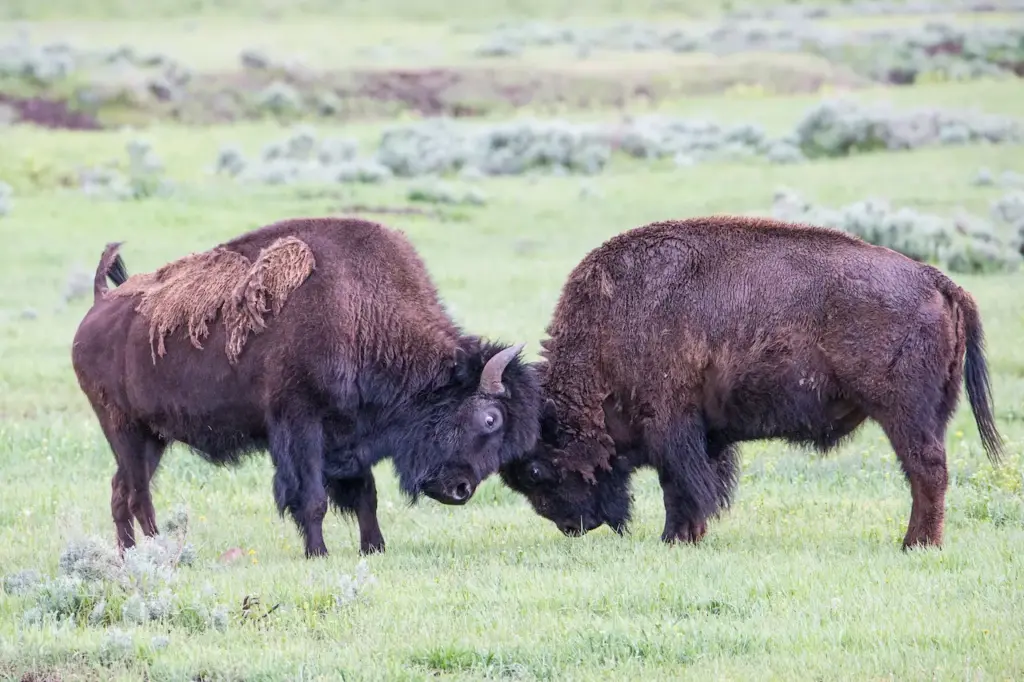
Both black and grizzly bears are powerful predators that will prey on buffalo calves when the opportunity presents itself. Male grizzlies weigh up to 900 pounds and can kill a calf with a single devastating blow. But they are also scavengers and will drive away the original predator to claim a calf carcass.
Black bears are strong climbers that drag a carcass into a tree away from other scavengers. Sows with cubs may actively hunt calves to feed their young. Both bear species are smart enough to target buffalo birthing grounds during calving season when prey is plentiful.
Less Common Buffalo Calf Predators
The animals below all opportunistically prey on buffalo calves but do so infrequently and make up a tiny fraction of total predation:
- Eagles – Golden and bald eagles prey on newborn calves during the first week or two of life before they can stand and defend themselves against aerial attack. The eagles dwarf the calves, with wingspans over 6 feet wide. They land forcefully and dig in sharp talons to lift the calf off the ground before the mother can react.
- Bobcats – Though quite small compared to adult buffalo, bobcats can ambush and kill calves up to 100 pounds, usually younger ones that become separated from the herd. They are stealthy feline hunters who wait motionless for the perfect time to pounce on a vulnerable calf.
- Cougars – Also known as pumas or mountain lions, though capable of taking down massive prey, they rarely target buffalo. But in areas where their ranges overlap, cougars may sporadically kill calves or sickly adults when the opportunity presents itself.
- Humans – Native American tribes historically depended on the buffalo for food and materials and would hunt buffalo of all ages. The introduction of horses and guns allowed humans to kill buffalo on a massive scale, nearly driving them to extinction. While predators have minimal impact on today’s protected herds, humans remain their biggest threat.
Scavengers Feast on Buffalo Remains
Scavengers cannot usually kill a healthy adult buffalo, but play an important ecological role by cleaning up carcasses:
- Coyotes– Known for hunting calves, coyotes also scavenge any buffalo carcass they find. They eat all parts of the buffalo – meat, bones, hide, organs, and fur. They may dig into the carcass and drag pieces away to safely eat.
- Ravens & Crows – These intelligent birds closely follow buffalo herds, watching for any animal that becomes sick or injured. They peck out and eat the nutrient-rich eyes and tongue first before opening up the carcass. Their sharp beaks rip through the tough hide.
- Bears– Bears will eat every last shred of a buffalo carcass. They are powerful enough to take over a carcass from other predators and scavengers. In spring, bears seek out winter-killed buffalo that provide an easy meal after emerging from hibernation.
- Eagles– Soaring high above the prairies, eagles quickly spot any buffalo remains with their incredibly sharp vision. They plunge to eat the nutritious internal organs first before tearing into the thick hide with strong talons.
- Vultures – Attracted by the smell of decay, vultures circle high in the sky and descend to feed on carrion. They play a crucial role by picking carcasses clean thanks to their naked heads, strong beaks, and highly acidic stomach acid that can digest rotting meat.
Disease
Buffalo calves under 6 months old are susceptible to a bacterial disease called brucellosis. It causes weakened joints, breathing issues, and reproductive problems in adults. But calves with brucellosis often die within the first few months of life.
The disease is spread through contact with infected birthing tissues and fluids. A herd with brucellosis can kill significant numbers of newborn calves. Ranchers take precautions by testing and separating infected animals. But in wild herds, brucellosis continues to pose a deadly threat.
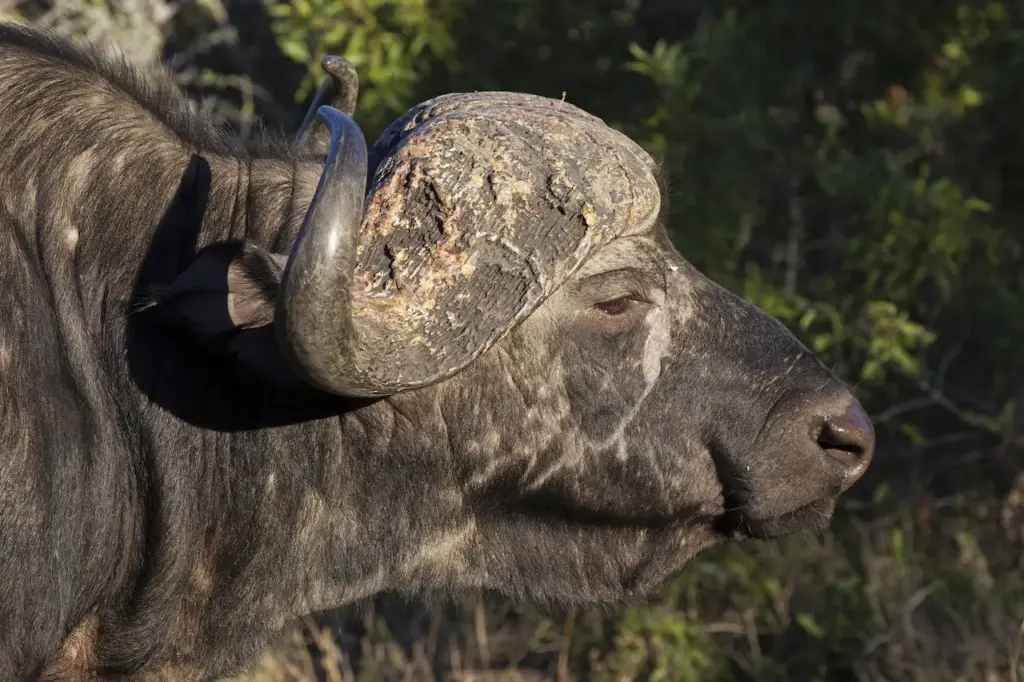
Weather Events
Extreme weather events on the prairie can also lead to higher calf mortality. Blizzards, floods, droughts, and heatwaves all affect vulnerable calves. A late spring blizzard may kill many newborns that are still too weak to handle the cold temperatures and wind. Flooding can drown young calves or separate them from the herd.
Extreme heat and drought can lead to dehydration and starvation. Buffalo evolved to withstand the variability of prairie weather, but unusual or severe events impact calf survival. Herd numbers rebound once conditions improve, thanks to the buffalo’s high reproduction rate.
Conclusion
The buffalo’s few predators mainly target vulnerable calves in their first weeks and months of life. Packs of coyotes, wolves, and solitary mountain lions and bears all hunt buffalo calves when possible. But human overhunting posed a much larger historical threat that nearly wiped out the buffalo.
Today, thanks to conservation efforts, buffalo numbers are recovering slowly but steadily. Scavengers continue their important work of returning buffalo remains back into the prairie ecosystem.

